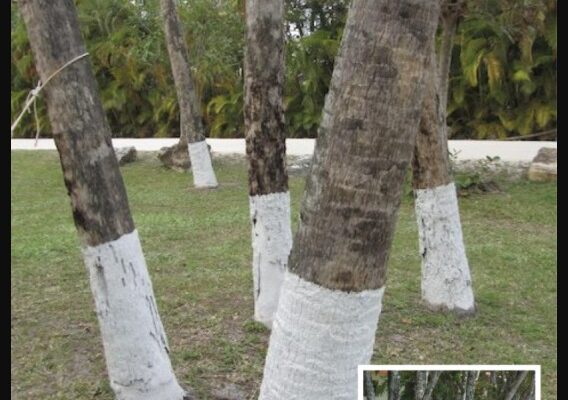
A white-painted tree can signify a range of purposes depending on the local context, and its meaning often ties to practical, environmental, or symbolic reasons. One of the most common uses is pest control—white paint, typically lime-based, is applied to tree trunks to deter insects and prevent the bark from splitting due to temperature fluctuations. It also serves as a method of frost protection,
as the white surface reflects sunlight and helps reduce the risk of frost cracks in colder climates. In rural or suburban areas, painted trees might mark property boundaries, helping landowners distinguish their land. Similarly, in areas undergoing conservation or ecological research,
white paint may serve as an environmental marking, designating protected zones or study sites.In terms of visibility, white-painted trees are sometimes used as a safety measure—especially near roads or sharp curves—to help drivers see clearly at night. Additionally,
trees may be painted white for artistic or symbolic reasons, whether to create a visual statement or convey a cultural or social message. Although these markings are usually practical, it’s always best to consider the local context, as the reason can vary by region and purpose.



